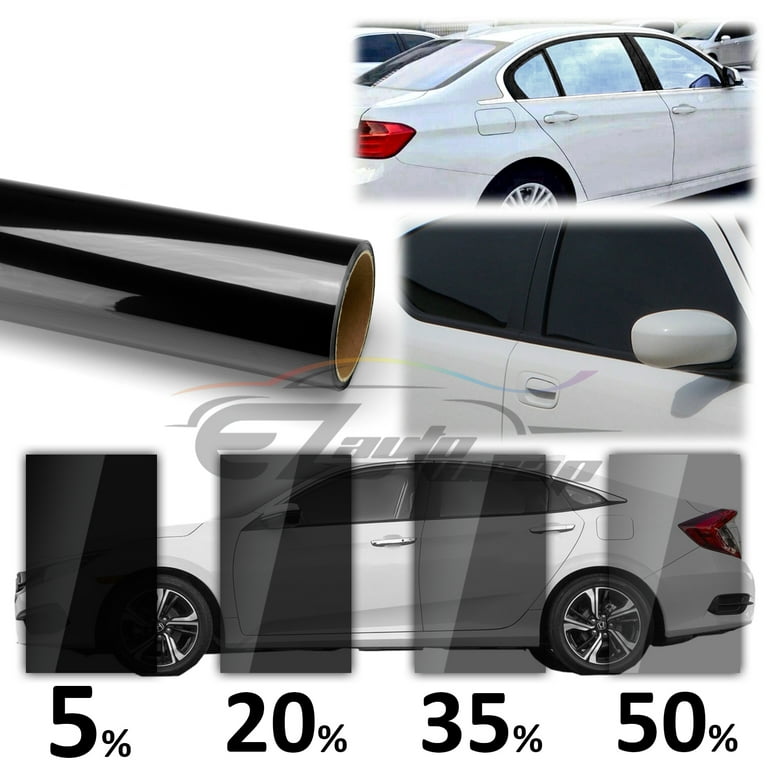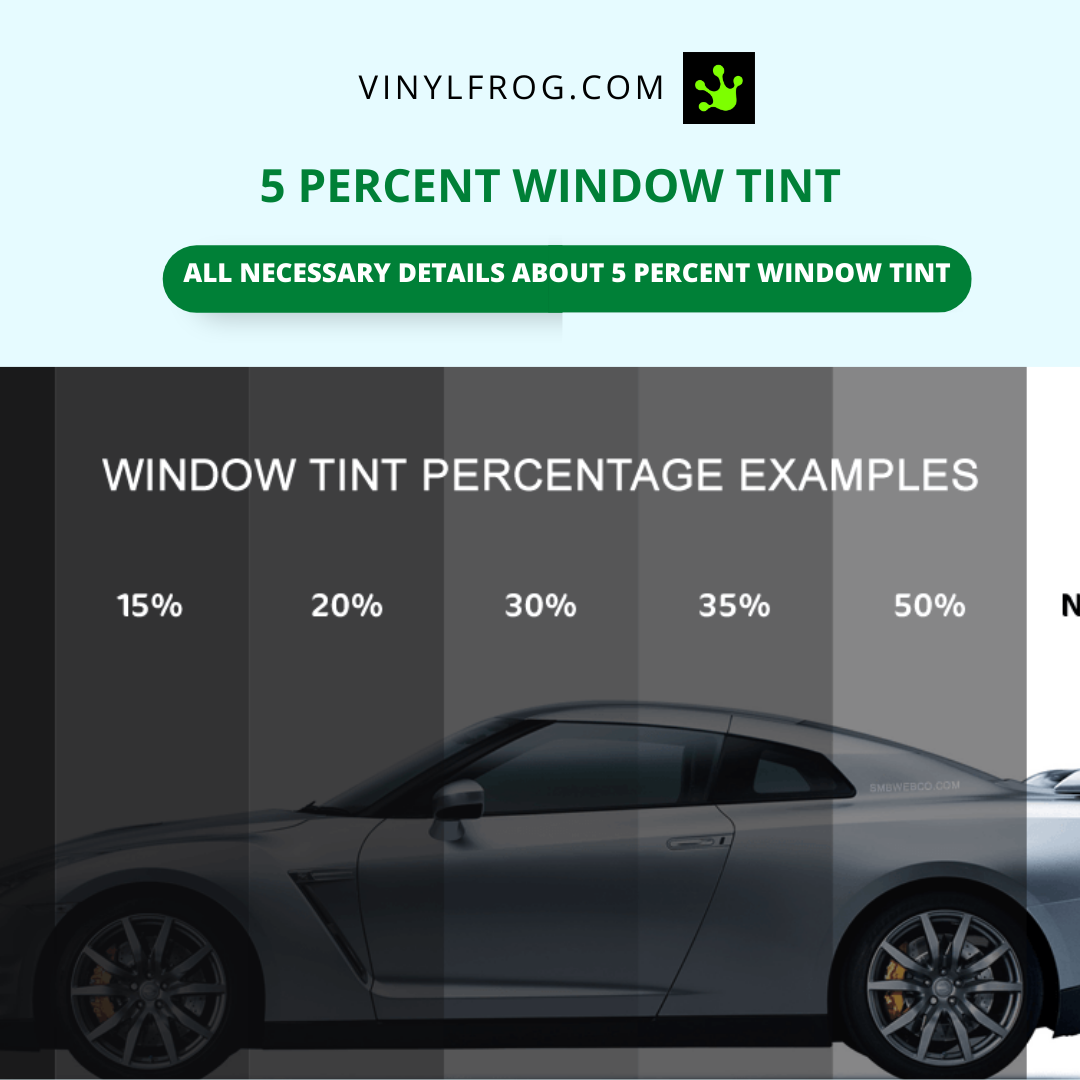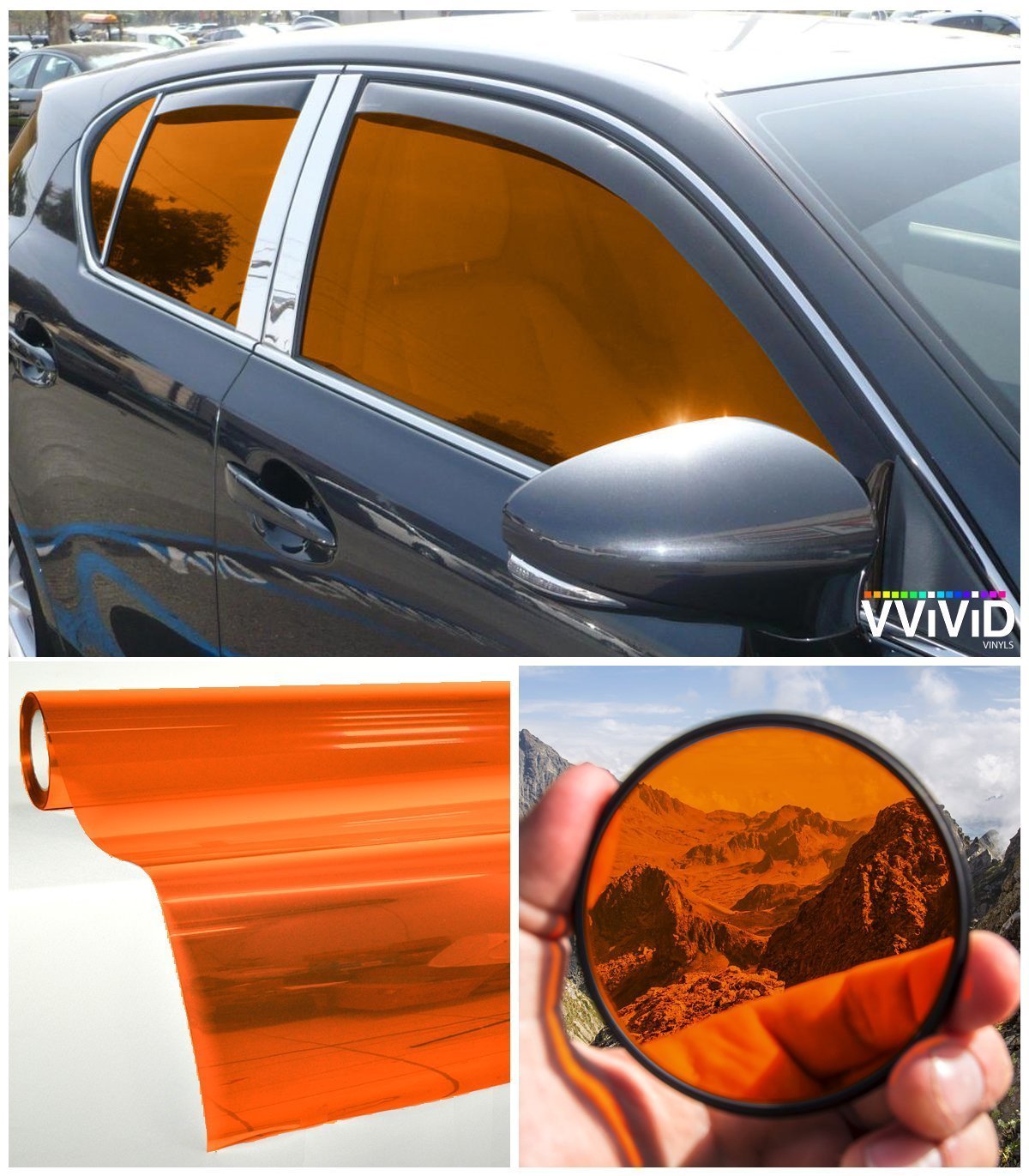Vehicle Window Tinting: Enhance Your Vehicle's Style and Personal privacy
Vehicle Window Tinting: Enhance Your Vehicle's Style and Personal privacy
Blog Article
Window Tinting Rules and Standards: What You Need to Know Prior To Tinting Your Auto
Before proceeding with home window tinting for your automobile, it is vital to acquaint yourself with the varied laws and guidelines that regulate this technique throughout different states. These policies dictate the acceptable degrees of tint darkness, typically gauged by visible light transmission (VLT) percents, and include certain specifications for front windshields aimed at ensuring road security.
Overview of Window Tinting Laws
Window tinting regulations are regularly subject to variation across different jurisdictions, mirroring neighborhood regulations and safety considerations. These legislations determine the permissible levels of color darkness and reflectiveness on car windows, making certain that vehicle drivers maintain ample exposure while additionally protecting against damaging UV rays and heat.
Many guidelines classify window tinting based upon the Visible Light Transmission (VLT) percentage, which suggests the amount of light that can go through the home window. Generally, reduced VLT portions signify darker tints. Legislations commonly distinguish between the front, side, and back windows, with stricter limitations related to the front windshield to improve security for both the vehicle driver and various other roadway users.
Compliance with window tinting laws is crucial, as infractions can result in penalties, obligatory elimination of the color, and prospective boosts in insurance premiums. It is necessary for lorry proprietors to familiarize themselves with local legislations before proceeding with home window tinting setups.
State-by-State Color Laws
Recognizing the details window tinting guidelines in each state is important for automobile owners looking for to follow the legislation. Each state in the U.S. has established its own collection of rules regulating window tinting, which can differ dramatically. These guidelines frequently dictate the allowable degrees of tint darkness, the types of windows that can be tinted, and any clinical exemptions that may apply.
As an example, states like California have strict limitations on tint darkness for front windows, while others, such as New Mexico, might permit darker colors. In addition, certain states mandate specific exposure portions for various windows, including the windshield, front side home windows, and rear windows. It is critical for car owners to acquaint themselves with their state's laws to stay clear of potential fines or penalties.
Furthermore, some states might need a qualification sticker label to be positioned on colored windows, suggesting conformity with state regulations. Failure to follow these policies not only takes the chance of legal consequences but can also influence safety and visibility while driving. Automobile proprietors ought to perform complete research or seek advice from neighborhood authorities to ensure complete understanding and compliance with state-by-state tint guidelines.
Allowed Tint Types and degrees
Several vehicle proprietors might be amazed to find out that allowed color levels and kinds vary extensively throughout different states. Each state has actually established its very own policies pertaining to the acceptable darkness and reflectivity of home window color, frequently measured by Visible Light Transmission (VLT) portions. VLT describes the quantity of light that can travel through the tinted windows; thus, a reduced portion shows a darker color.

In addition, the sorts of color products permitted can vary, with some states banning metallic or mirror-like surfaces. It is essential for vehicle owners to acquaint themselves with their state's details regulations to make certain compliance. Non-compliance can lead to penalties, required elimination of the tint, or other legal repercussions, making it imperative to recognize these guidelines prior to proceeding with setup.
Medical Exemptions for Tinting
While not all states supply allocations for medical exceptions pertaining to home window tinting, those that do identify the need for details people to improve exposure and comfort as a result of clinical conditions. Various clinical problems, such as lupus, skin cancer, and certain eye disorders, can make individuals particularly sensitive to sunshine. Consequently, these people may require darker tints to safeguard themselves from unsafe UV rays and glow.

It is necessary to keep in mind that even with a clinical exception, there may still be restrictions on the level of tint permitted. Conformity with state laws guarantees that people are both protected and within lawful restrictions. Those thinking about clinical exemptions should contact their local Division of Motor Autos or comparable authority to understand the demands and treatments essential to obtain an exemption successfully.
Fines for Non-Compliance
Stopping working to adhere to home window tinting regulations can result in considerable fines, which differ by state. website here Police are encouraged to release citations for vehicles that do not abide by the defined tinting guidelines. These fines typically consist of penalties, which can range from moderate amounts to several hundred dollars, depending upon the extent of the offense and the state concerned.
In some territories, duplicated offenses may result in intensifying fines or additional fines, such as obligatory court appearances. In addition, non-compliance might necessitate the elimination of illegal tinting, often at the proprietor's expenditure. In severe instances, regular offenders might encounter suspension of their vehicle registration till conformity is attained.
In addition, insurance coverage ramifications may occur from receiving numerous citations for home window color infractions. Insurers may watch such infractions as an indicator of riskier behavior, potentially resulting in enhanced costs or problem in protection.
To prevent these penalties, it is crucial for lorry proprietors to familiarize themselves with their neighborhood home window tinting regulations and make certain that their car complies (Window Tinting). This positive approach not only prevents legal ramifications however additionally advertises roadway security
Conclusion

The majority of regulations classify window tinting based on the Visible Light Transmission (VLT) portion, which shows the amount of light that can pass via the window. Conformity with home window tinting regulations is vital, as offenses can result in penalties, required elimination of the tint, and potential increases in insurance premiums.Understanding the specific window tinting guidelines in each state is vital for vehicle proprietors looking for to conform with the legislation. These laws frequently determine the permitted levels of tint darkness, the types of home windows that can be tinted, and any type of medical exemptions that may apply.
For circumstances, states like The golden state have strict restrictions on tint darkness for front windows, while others, such as New Mexico, might allow darker tints.
Report this page